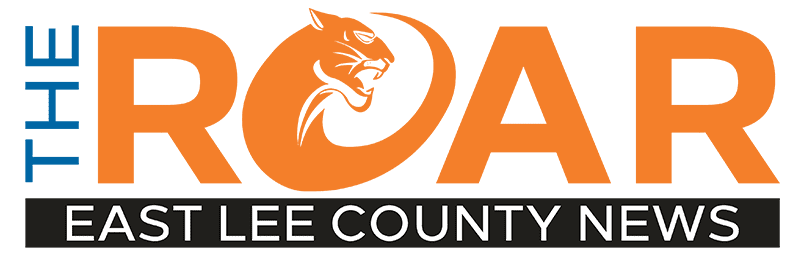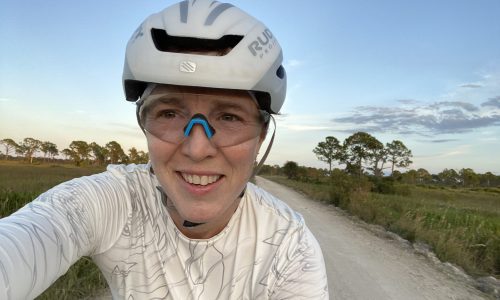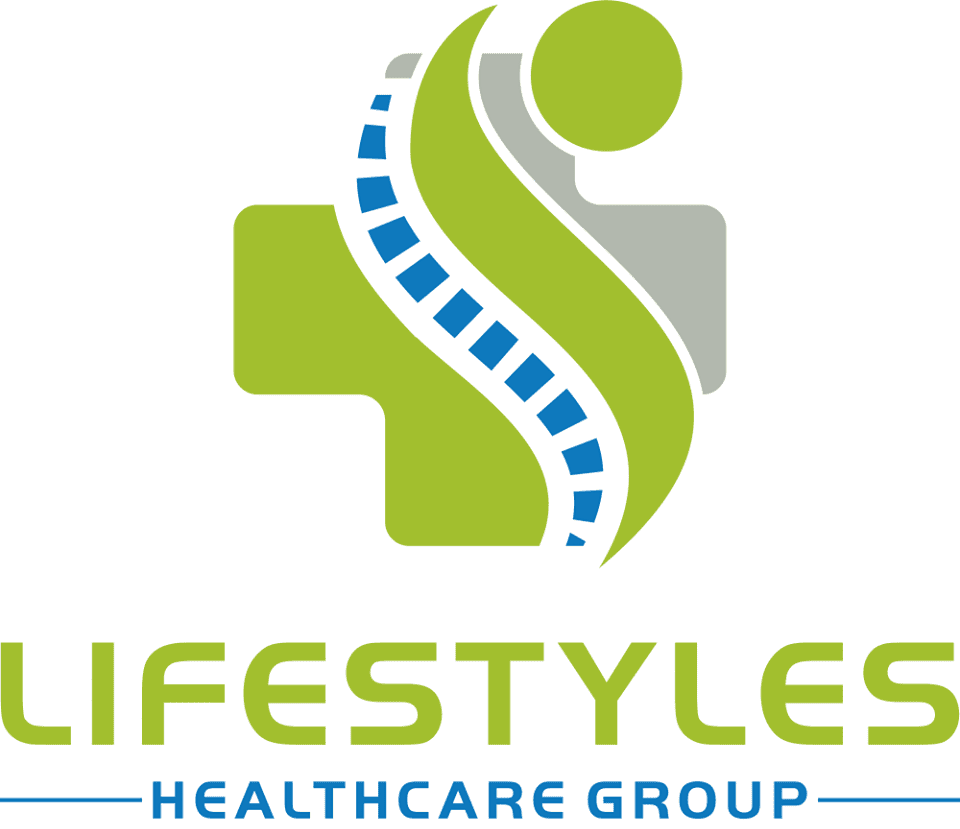By: Terri Lewis
We’ve got very annoying congestion! It’s especially bad lately as we have seasonal residents, out-of-state spring break visitors and schools are in session. Building on last month’s article about Smart Growth, let’s look at how we can get smarter about transportation. The baseline that Smart Growth embraces is a mind shift from “moving cars” to “moving people” ….and it’s not a new concept.
For centuries, cities have grown because of their location near hubs of maritime transportation: Boston, New York, Houston, New Orleans, and even the city of Fort Myers. Fort Myers grew, initially as a fort providing access to waterways of the Gulf and the Caloosahatchee for troop movements. During the Civil War, it was a hub for cattle and fruit transit. It grew over time with new businesses: general stores, restaurants, hotels, and entertainment.
In the mid-1800s railroad development began in earnest in Florida. For the west side of Florida, Henry Plant connected Tampa and Punta Gorda via rail, providing rapid transportation of agricultural goods to the north. Henry Flagler built the railroad, which connected the entire east coast of Florida. Rail and boat transit connected much of Florida and by the 1900’s, rail transformed Florida’s economy.
Then, by the early 1900’s, the automobile enabled an opportunity for individuals to travel, when and where they wanted. With the growth in the number of cars in the 1950’s, city design began to shift. Transportation design focused on moving cars. Land use planning moved to restricting mixed uses. Road construction began in earnest. At the same time, developers viewed Cape Coral and Lehigh Acres as opportunities to build massive expanses of single-family homes where people could travel by car. Today, with a combined population of over 300,000 people, most people in these areas must travel to other areas every day for work, school, shopping, and entertainment….and the only viable transportation option is cars. We now have horrible congestion!
Other cities have found themselves in the same situation, and many have found solutions with public transit, especially rail and bus. Even people who drive cars benefit from the reduction in congestion with public transit. Locally, we have LeeTrans doing great work, offering services such as traditional bus routes, Mobility-on-Demand, a downtown trolley for Fort Myers, and a shuttle along Fort Myers beach. There are discussions about collaboration with Collier County and LeeTrans has plans to build a Park and Ride in Lehigh Acres. This last project will be a nice offering for Lehigh, where people are spread out with no city center and long walking distances. It will allow people to park their cars and ride the bus. Over time, it will be interesting to see what happens around the Lehigh Park and Ride. In other cities, businesses have grown around park and rides; supermarkets, day-care, dry cleaning, etc.
WHAT MORE COULD WE DO IN LEE COUNTY?
Bus Transit – Going beyond what LeeTrans does, many cities have also embraced Bus Rapid Transit (BRT); Sarasota, Tampa, Tulsa, etc. Bus Rapid Transit carves out a road lane for buses, often shared with bicycles. This allows buses to address the need to convert riders from cars to offer speed of movement since commuters are no longer stuck in traffic. BRT provides a potential solution to much of the east-to-west congestion (Daniels, SR82, Colonial Blvd, Alico and Corkscrew) but also north-south SR41 (Tamiami and Cleveland Blvd).
Sometimes, cities have included the use of bus lanes by school buses. Lee County School District has over 100,000 students, and most parents who drive their children to school do so because they don’t like the amount of time kids have to spend on the bus. BRT lanes would reduce the transit time for kids.
The backlash to the idea of BRT comes from car riders who perceive the bus lanes as a loss…since they don’t ever see themselves riding the bus. Some politicians have even reacted by trying to pass laws banning BRT, suggesting that it isn’t “fair” for car drivers. The question back is “Why don’t 93 people in a bus have the same rights to the amount of space on roads as 93 people in a car? Besides, the math suggests it is good for everyone. Congestion is reduced, road costs decline, noise and air quality improve, and people in Lee County would not spend 48+ hours a year sitting in congestion.
Rail Transit – The Florida Department of Transportation has reserved the inside of I-75 for eventual use for rail, with the possibility of connecting Miami to Tampa via SWFL. Building on Henry Flagler’s vision, Brightline is a new rail line connecting Miami to Orlando along the East Coast. Talks are underway between leaders in Tampa and Brightline to connect Tampa with Orlando. What if leaders in SWFL worked with Brightline and Tampa to connect SWFL? So, instead of sitting on I-75 you could ride the train from north and south. If you needed to go East or West, you could take a Bus Rapid Transit option.
Pundits will provide all sorts of reasons why bus and rail won’t work. Granted, not everyone will use public transit, but what if many did? How do we better move people (not just cars) efficiently, cost-effectively, and safely? With an additional 400,000 people moving to Lee County, maybe the real question is “How do we make public transit work?” Smart Growth.
ABOUT TERRI LEWIS
Terri Lewis , BSEE, MBA, is Director of Planet Connected, an Industrial Technology Consulting organization based in Fort Myers. She is currently pursuing a Masters of Science in Civil Engineering – Smart Cities from the University of Central Florida.
Email Terri at press@eastleenews.com









